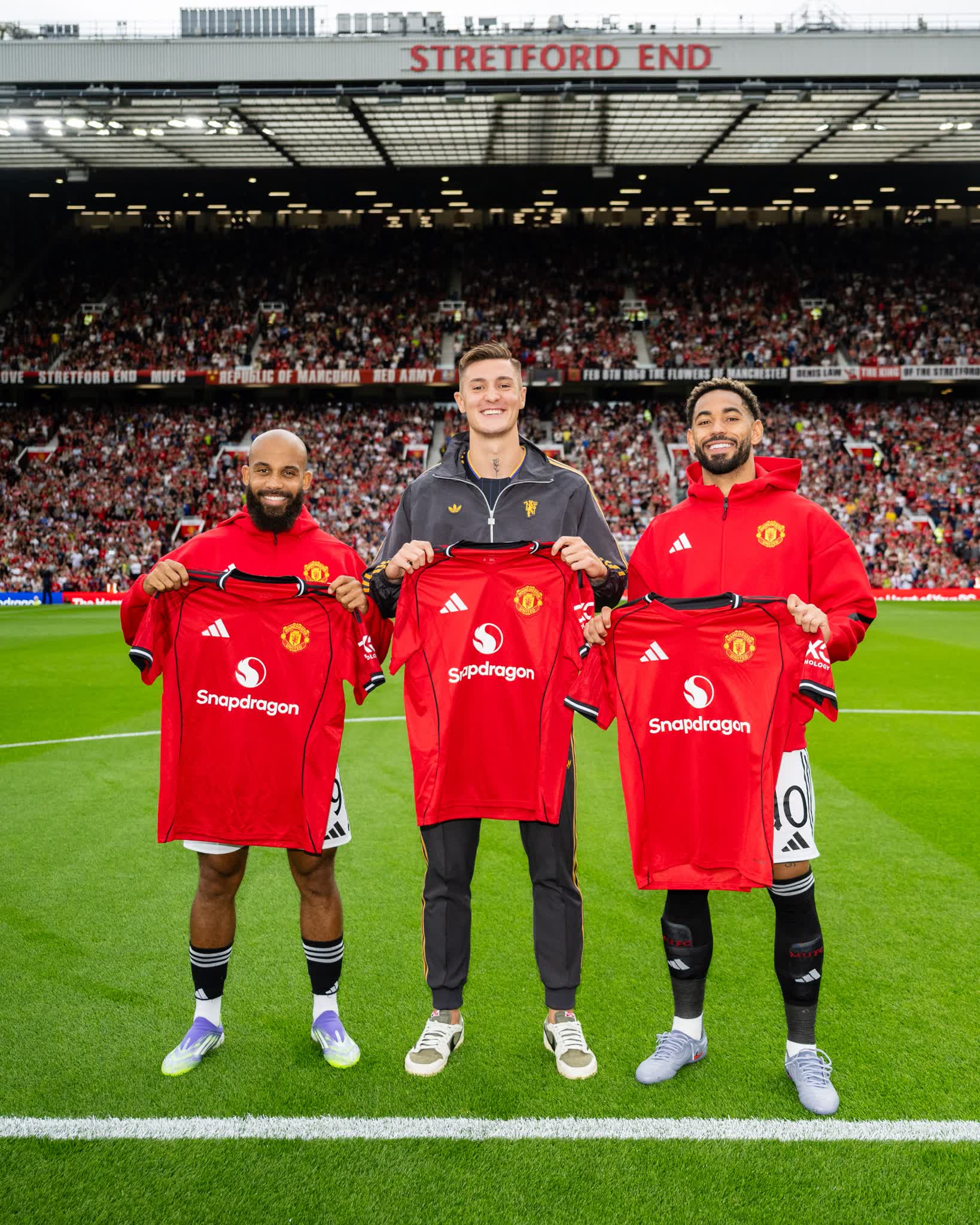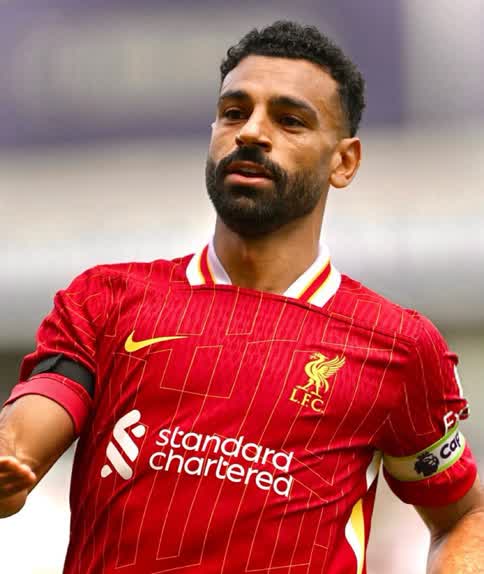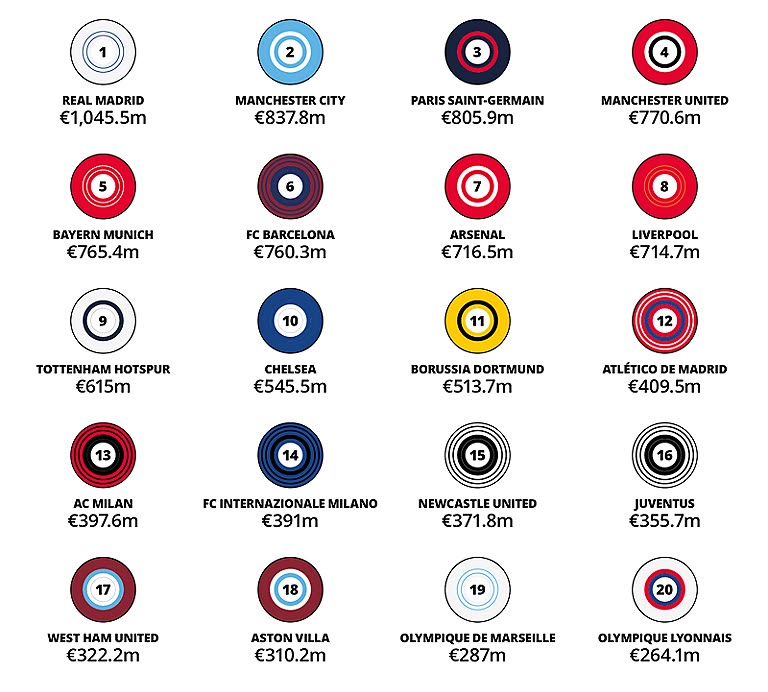The revenue generated by the richest football clubs in the world is astronomical, and it’s not surprising, with soccer being the most popular sport in the world. From matchday tickets to TV rights and global sponsorship deals, the world’s richest teams generate mind-boggling sums of money per season.
For 2025, Real Madrid became the first club to surpass one billion Euros of revenue in a single season, securing its position at the top of this ranking. They are followed by Man City (€838m), PSG (€806m), Man United (€771m) and Bayern Munich (€765m).
In this article, FootballOrbit uses data released by Deloitte to rank the richest football clubs in the world for the year 2025. The Deloitte Football Money League ranks football clubs by REVENUE GENERATED from football operations.
NOTE: This list is not about the clubs’ WEALTH (think of Saudi government-backed clubs), but rather about the INCOME they accrued.
INTRODUCTION
The top 20 revenue generating clubs in world football made a record €11.2bn in the 2023/24 season, according to the 28th edition of the Deloitte Football Money League. This marked a 6% increase in cumulative revenues from the previous record-breaking season (€10.5bn). Clubs reported record matchday, broadcast and commercial revenues.
Sources of revenue
Football clubs mostly generate their income from matchday, broadcast and commercial enterprises. Matchday revenue comprises of tickets and merchandise sales, as well as other marketing services rendered to fans during games.
Broadcast revenue is collected by clubs for TV rights for matches to be broadcasted, while commercial revenue is made from sponsorship deals and partnerships.
For 2025, matchday revenue grew 11% year-on-year, making it the fastest growing revenue stream for these clubs once again, thanks to an increase in clubs’ stadium capacity, general ticket prices and premium matchday offerings.
Furthermore, matchday revenue surpassed €2bn (€2.1bn) for the first time in history, accounting for 18% of total revenue, the highest share since 2014/15 (19%).
At €4.9bn, commercial deals remained the largest revenue source for the ranked clubs for the second year running, accounting for 44% of total revenue. The 10% uplift over the previous year was largely driven by an increase in the hosting of non-football live events, improved retail performance and a rise in sponsorship revenues.
Meanwhile, there was no uplift in the cumulative broadcast revenue (€4.3bn) reported by these clubs in 2023/24, as each of the “Big Five” leagues remained in the same domestic broadcast cycle as the preceding season.
The “Big Five” leagues have, or will be entering, a period of relatively stable broadcast revenues due to longer-term domestic media rights deals through to at least 2027.
Contrasting fortunes
There is a clear distinction in revenue generation models between the two halves of the top 20 richest football clubs in the world this year. For clubs ranked in the top 10, commercial revenue is the dominant income source, accounting for 48% of club revenues.
Contrastingly, broadcast is the key revenue driver for clubs ranked from 11 to 20, representing 47% of club revenues. Both sets of clubs respectively generated 18% of their total revenue from matchday.
Elsewhere, Juventus saw its biggest drop in the rankings (€356m) from 11th to 16th, the club’s lowest position in Money League history following an absence from European football in 2023/24.
Moreso, sporting performance played a crucial role in many teams’ financial impetus, with clubs such as Arsenal (€717m), Borussia Dortmund (€514m), Newcastle (€372m) and Aston Villa (€310m) growing revenues through participation in UEFA competitions and improved domestic performances yielding higher broadcast distributions.
The clubs ranked 11th to 20th highlight the impact of on-pitch success on financial performance. Eintracht Frankfurt (€245m) dropped out of the top 20 entirely following a 34% decline in broadcast revenue (16% decrease in total revenue) as the club participated in the UEFA Conference League rather than the Champions League.
This emphasises the role commercial revenue generation has played in enabling Tottenham (€615m), and Chelsea (€546m), to retain their position in the top 10 despite reduced broadcast income after missing out on Champions League participation.
Impact of infrastructural development on revenue

Besides, several clubs also identified the impact of infrastructure investments as a key driver of revenue. Liverpool (€715m) and Olympique Lyon (€264m) benefited from such projects, with higher attendances and non-matchday events boosting matchday and commercial revenue respectively.
Remarkably, Lyon made the highest jump among the 30 richest clubs, moving NINE places all the way from 29th in 2024 to 20th in 2025!
Meanwhile, Barcelona (€760m) fell to 6th following a decrease of minus 5% in revenue. This was driven by a drastic fall in matchday revenue, as home matches are being played at a smaller venue with their home ground currently undergoing development.
English dominance?
Like last year, SIX Premier League clubs feature in the top 10, with a total of 14 English teams in the top 30, showcasing the huge financial might of English clubs. English clubs are likely to maintain their financial dominance as domestic broadcast deals running between 2025/26 and 2028/29 will see an average increase of 4% on an annual basis.
Regularly, the richest clubs in the world are mostly from Europe, but they are being challenged, evidenced by Brazilian side Flamengo forcing their way into this year’s top 30.
Probably, Saudi or MLS clubs (like Inter Miami, who have seen a massive rise in revenue following the signing of Lionel Messi in 2023) may follow in bucking the trend.
1. Real Madrid (€1,045.5m)

Real Madrid have set a new landmark by becoming the first football club to record €1bn in revenue in a single season.
The completion of renovations works to the Santiago Bernabéu Stadium saw matchday revenues double to €248m in 2023/24. The club also reported a 19% increase in commercial revenue (from €403m to €482m), boosted by increased merchandise and new sleeve sponsorship.
Besides, the Blancos made an astonishing €316m from broadcasting rights.
Notably, the gap between the top-two richest clubs in the world in 2025 is €208m, the highest on record (previous record was €84m, recorded in 2018/19).
2. Manchester City (€837.8m)

Manchester City remained the highest revenue generating English club, with a total revenue of €838m — a marginal 1% increase from last year.
The Cityzens maintain second position in this ranking for the second consecutive season.
Specifically, Man City generated €88m from matchday, €407m from commercial deals, and €343m from broadcasts.
3. PSG (€805.9m)

PSG broke into the top three for the first time ever last year, and have maintained the status quo.
Like Man City, PSG also recorded a 1% increase in total revenue from last year, rising from €802m to €806m.
This is broken down to €170m from matchday, €245m from broadcasting, and €391m from commercial deals.
4. Manchester United (€770.6m)

Manchester United move up a place in this year’s ranking from fifth to fourth.
They recorded a 3% year-on-year increase, which saw them generate a total of €770.6m.
In finer details, the Red Devils made €360m from commercial deals, €258m from broadcasting, while €152m was made from matchday revenue.
5. Bayern Munich (€765.4m)

Bayern Munich moved from sixth to fifth position as they generated a total of €765.4m, a 3% increase to the previous year.
The Bavarians made €421m from commercial income, €213m from broadcasting and €131m from matchday.
6. Barcelona (€760.3m)

Barcelona’s financial woes has seen them plunge down from fourth to sixth. They made a total of €760.3m, a minus 5% decrease from last year’s €800.1m.
The Catalans accrued €103m from matchday, €236m from broadcasting, and €421m from commercial deals.
Barca’s downgrade was majorly due to a decrease of €40m in total income. This was driven by a €63m fall in matchday revenue with matches being played at a smaller venue while the Spotify Camp Nou is being redeveloped.
7. Arsenal (€716.5m)

Arsenal jumped all the way from 10th position to 7th in the richest football clubs in the world rankings in 2025.
The Gunners made a total of €716.5m in income, a staggering 35% increase from the previous year.
They made €153m from matchday revenue, €258m from commercial deals, and the highest income was made from broadcasting, €305m.
Furthermore, Arsenal are the only side in the top 10 that made more earnings in broadcasting rights than in commercial deals.
8. Liverpool (€714.7m)

Liverpool drop from seventh to eighth, despite seeing a 5% increase in their revenue, as they made a total of €714.7m in 2025.
The Reds made €343m from commercial partnerships, €240m from broadcasting and €132m from matchday income.
9. Tottenham (€615m)

Tottenham drop a position from eight to ninth as they accrued €615m totally.
For Spurs, €297m was generated from commercials, €195m from broadcasting and €123m from matchday.
10. Chelsea (€545.5m)

Chelsea also slip a place from 9th position to 10th as they made a total of €545.5m, a minus 7% decrease from last year.
Moreover, Chelsea’s 10th position this year is their lowest in 5 years.
The Blues’ drawback was as a result of a sharp reduction in broadcast income from €260m in 2024 to €190m this year. This could be attributed to their absence from the Champions League.
Elsewhere, they made €262m from commercial deals and €93m from matchday — both metrics an increase from last year.
Other teams that completed the top 30 richest football clubs in the world
- Borrusia Dortmund (€513.7m)
- Athletico Madrid (€409.5m)
- AC Milan (€397.6m)
- Inter Milan (€391m)
- Newcastle United (€371.8m)
- Juventus (€355.7m)
- West Ham United (€322.2m)
- Aston Villa (€310.2m)
- Marseille (€287m)
- Lyon (€264.1m)
- Brighton (€256.8m)
- Napoli (€253.6m)
- AS Roma (249€m)
- Eintracht Frankfurt (€245.2m)
- Benfica (€224m)
- Crystal Palace (€218.9m)
- Everton (€217.6m)
- Fulham (€212.2m)
- Wolves (€206.9m)
- Flamengo (€198.2m)
Why is there no any Saudi club among the top richest in the world?

While Saudi Arabia is a wealthy nation, its football clubs are not currently ranked among the richest in the world due to a combination of factors; including lower broadcast revenue, less mature commercial partnerships, and a smaller global fan base compared to top European clubs.
This article focuses on revenue, not overall wealth or spending. While Saudi clubs may invest heavily in player acquisitions, this spending doesn’t directly translate into higher revenue figures.
Besides, the immense wealth of Saudi clubs is largely tied to its oil reserves and government spending, rather than the commercial success of its football clubs. The country’s focus on diversifying its economy is ongoing, and the football sector is part of that effort, but it’s still developing.
Since 2023, the Saudi Pro League (SPL) has achieved greater global recognition, fueled by strategic developments under the Saudi Vision 2030 initiative. The nation’s Public Investment Fund acquired 75% stakes in four foundational clubs—Al-Ahli, Al-Ittihad, Al-Hilal, and Al-Nassr, investing large amounts of money to bring players such as Cristiano Ronaldo, Neymar and Karim Benzema to the league. These efforts have increased the prominence of the SPL in world football.



